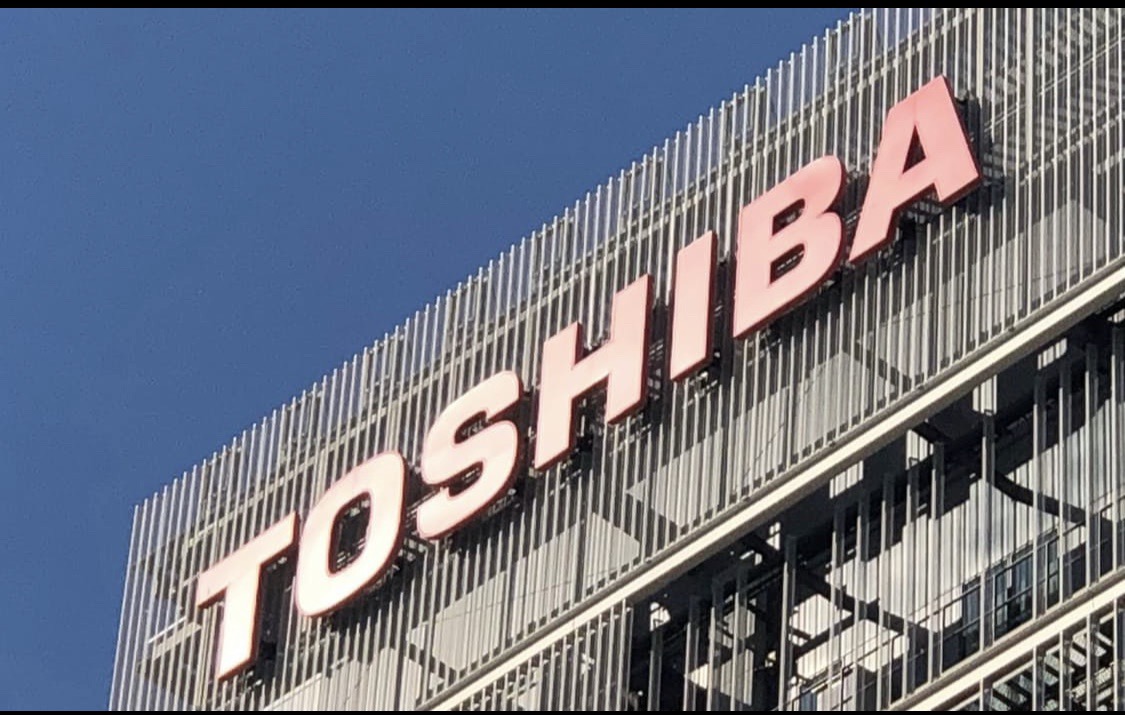From Chisato Horiuchi in Tokyo, Japan

An extraordinary general meeting of shareholders regarding the split plan will be held on March 24
Toshiba announced on the 14th that it will confirm the shareholders' intentions for the company split plan at the extraordinary general meeting of shareholders to be held in March. The aim is to bring out the corporate value of each business through a company split. It has been pointed out that the core business after the split cannot be seen while the sale of non-core business and the return to shareholders precede. In order to gain the approval of shareholders, it will be a focus to be able to draw a medium- to long-term growth strategy.
"The growth potential of our core business is not clear. It's just a rush of new SMEs." After Toshiba's business strategy briefing for investors held on the 7th and 8th, the person in charge of the domestic management company cut it down. Taking the example of the Sony Group, which has promoted structural reforms centered on entertainment, and Hitachi, Ltd., which focuses on IT (information technology), he says, "The difference between the two companies has become clear again."
Toshiba plans to separate and independence of the "device" business such as semiconductors, with the "infrastructure service" business, which deals with generators, as the surviving company. The aim is to speed up decision-making by making businesses with different timelines and profit structures independent.
It plans to invest 1,484 billion yen in total for the two split companies in 2021-25, including capital investment and R & D expenses. In infrastructure companies, not only energy-related businesses such as wind power and hydrogen, and social infrastructure such as water services and railways, but also quantum cryptography and artificial intelligence (AI) remain. The investment area of infrastructure companies can be holistic.
Device companies use it for power supply and control, and formulate a growth strategy centered on "power semiconductors" that lead to energy savings. The new factory building will be put into operation by investing 100 billion yen by FY2012. Infineon Technologies, the world leader in Germany, has invested about 200 billion yen in Austria in 2009 to start a new factory, and investment competition is intensifying.
Toshiba has positioned the air conditioning, elevator, and lighting businesses as non-focused businesses and plans to sell them. At present, the funds to be obtained from the sale by the company split are expected to be 210 billion yen. However, Toshiba announced on the 7th that it will raise the amount of shareholder returns for the next two years from 100 billion yen to 300 billion yen. The increase in shareholder returns is about the same level as the funds obtained from the sale of the business.
Even after the company split, the current shareholders will not change significantly. As the return pressure from shareholders continues, how to raise funds for growth investment is likely to be an issue.






